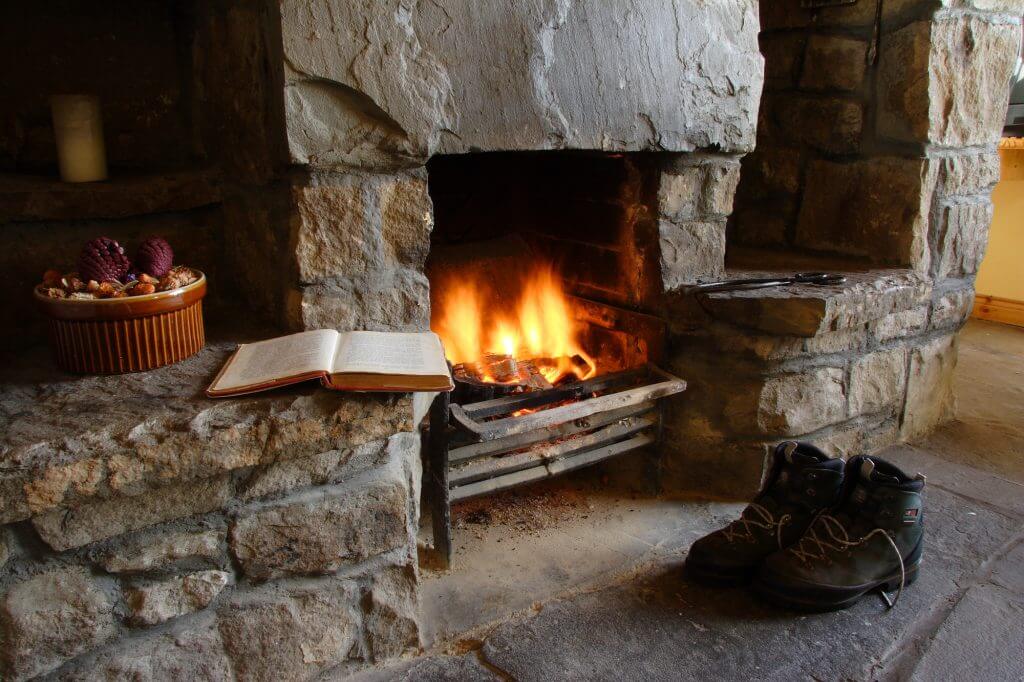Nowadays we complain about the constant taxes that are imposed on us, but throughout history everything has been taxed.
Over the centuries, Ireland has suffered taxes and charges in every form, among the strangest taxes we find those on hats, windows and hearths.
Hat tax

In 1784 the English government, presided over by William Pitt the Younger, placed a tax on hats. The amount of the tax was calculated based on the value of the hat: it ranged from 3 pence for hats costing less than 4 shillings to 2 shillings for hats worth more than 12 shillings. The tax was applied complete with a printed stamp and glued to the lining of each hat. Furthermore, shops and hatters had to obtain a special license which allowed them to carry out the authorized and taxed trade in hats. The curiosity is that it was only intended for men’s hats. The penalties for violators were very severe and in the case of falsification of the stamps indicating the payment of the tax, there was even the risk of the death penalty. The hat tax lasted until 1811.
Window tax

The window tax is a tax that has been used in various European countries throughout history, such as France, the United Kingdom, Ireland, Spain and the Netherlands. Starting from 1696 it was introduced in the United Kingdom and Ireland, the amount of the windows tax was assessed based on the number of windows and their size. The tax weighed on the owners of properties, who to limit the tax resorted to the construction of a smaller number of windows, the bricking up of part of the existing ones, up to the creation of false windows designed in trompe-l’œil on the walls of the buildings. Some bricked-up windows can still be seen today in many Georgian-era houses across Ireland. The tax, set on a progressive criterion, was made up of two parts: the first was a single rate of two shillings per house, the second concerned the number of windows. Those with less than ten were exempt, while those with between ten and twenty windows paid a further four shillings and finally those with more than twenty paid eight. In the 18th century, the tax increased, houses with up to 30 windows had to pay a tax of 10 shillings while houses with over 30 windows had to pay a staggering 20 shillings. The window tax initially met with weak resistance, but as the years passed the window tax gradually increased until a strong protest led to its abolition in 1851. Fun fact: it is precisely because of this tax that windows are also called taxes.
Hearth tax

In 1662 Irish families were obliged to pay a hearth tax of 2 shillings, payable in two installments on 29 September and 25 March, the days of St Michael and the Annunciation of Mary. Like the window tax, the hearth tax was decided based on the size of the house. Unlike the window tax which lasted for centuries, the hearth tax did not last long due to people’s discontent and was abolished in 1689.
Source: Sep 27, 2019 | Curiosities, Irish History
Emma

